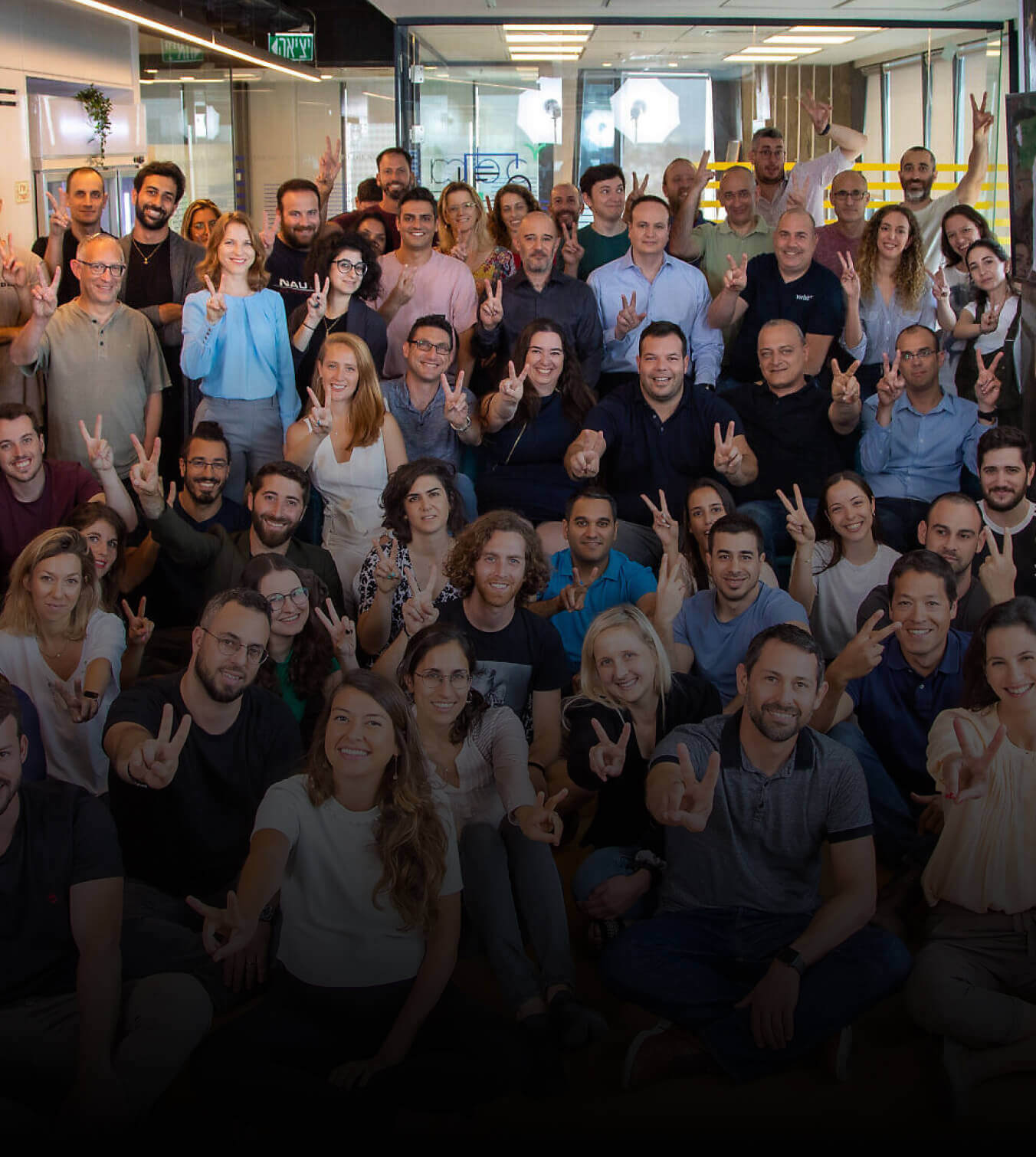Machine learning has the ability to increase the successes of banking models by 50%, so far we are not discovering anything new or inventing the wheel.
The adoption of machine learning is a necessity for banking, on the one hand there is the ability to generate certainty in an extremely competitive and variable market, while on the other hand there is its transversal application to identify opportunities and add value in areas ranging from Customer service risk management.
Unlike Analytics, which consists in the analysis of data, machine learning is a type of artificial intelligence that learns on its own, without there being a program that dictates what to analyze and how to do it. Through a series of algorithms, the system processes billions of data, structured and unstructured, to identify complex patterns and predict future behaviors.
Machine learning has extensive applicability in banking because it feeds on data and there is no other industry that knows both its clients and the financial one. These are 5 Machine Learning applications in banking that sustain the importance of an AI app development company.
Credit Risk Modeling
When there is a loan application, the bank evaluates whether the person or the company is in a position to pay the loan plus interest at a certain time, for this they use profitability measures, leverage and many other variables such as liquidity to calculate risk, a complex task that can sometimes be inaccurate.
From Machine Learning, the artificial intelligence that makes up the system is capable of generating credit risk models, based on financial data and credit and consumer behavior of its customers. They can also identify when to increase or reduce a customer’s credit line, by calibrating the bank’s risk tolerance.
Fraud detection
Although fraudulent actions only represent a tiny fraction of a bank’s global transactions, the scalability index and its effects on a financial institution’s reputation can be enormous. Conventional schemes to identify fraud respond to pre-established rules, which are not efficient in real time.
Through Machine Learning, behavior patterns are extracted from the data, which become a set of parameters or rules, which applied within new data, allow to identify suspicious actions and prevent fraud before they occur, in this way Work proactively.
Customer segmentation
When analyzing the interaction of each client with the bank, it is possible to identify their level of affinity and relationship, possibly some have in mind to change financial institution, which implies that in the last period they have stopped using financial services.
There are an infinite number of behaviors, which when analyzed through Machine Learning, can be defined in segmented groups, on which to establish specific strategies to seek to retain them or expand their portfolio of services or financial products.
Each time a client adopts a behavior that fits a pattern, it will enter into the segmentation, in order to generate a better customer experience.
Recommendation Engine
In the ecommerce or television-on-demand industry, machine learning constantly generates recommendations based on customer behavior and interactions. This is why retail businesses hire web developers.
The same logic can be applied in the financial industry, since digital channels such as mobile banking applications or online banking are spaces for customer interaction, where financial product or service recommendations can be created based on customer behavior and your needs.
Incorporating machine learning as part of the Banking Core System of a financial institution is a complex task in itself, which is exacerbated by the incompatibility in the programming languages and the architecture on which it is designed.
The automation of the processes
The first stop on the road to smarter banking is cost reduction. Entities that do not overcome the current efficiency challenge will hardly be able to gather enough resources to face the emergence of new services and banking channels, in different ways of providing traditional and redoubled quality requirements.
Within the banking processes there is a wide set of tasks that are large time consuming and cost generating. The automation think one of the solutions for efficiency gains.
In this field it seems clear that the ideal is the conjunction of various technologies. For example, from Bank of New York Mellon it is pointed out that one could try to move forward, through robotic process automation, which prevents the human being from having to take over the most repetitive tasks, which are usually time consuming and prevent to workers provide all the value they can potentially develop.
However, from this American bank it is noted that machine learning goes a step beyond where the robotization of tasks could go by itself: they seek to identify patterns that allow, as time goes by, to improve processes. That is, your contribution as a search engine for automation improvement possibilities is very important to achieve the desired efficiency gains.
The change in risk management
Another area in which to reveal hidden patterns may be important for the improvement of banking processes is risk management. This translates into a better understanding of who the riskiest debtors may be and the conditions that must be demanded in exchange for the granting of financing
In that sense, a report by the consultant McKinsey points out that machine learning shows superiority over the various traditional statistical methods based on regression models, mainly because it can identify patterns that do not respond to a predefined functional form .
Against fraudulent behaviors
Efficiency gains and the expansion of services would be meaningless without security in banking operations. The expectations of the different participants must be answered at all times. Let us not forget that fraudulent behaviors undermine the trust of the parties and the credibility of the organizational frameworks in which the banking operations are carried out.
Therefore, the bank is looking for tools that make it easier to find out when we can face a fraudulent operation. In general, they have been based on the analysis of transaction data and its interveners. The objective is usually to qualify a transaction as legal or suspicious.
However, we must face a reality that complicates the classification: almost all operations are legal. Any method that classifies all transactions as legal will almost always succeed. However, those few fraudulent operations will systematically escape.
What is intended with machine learning is to ensure that machines can make increasingly refined predictions that detect cases of fraud. In short, we are looking for algorithms capable of learning to detect suspicious patterns.
An example of this is in the project in which BBVA and the Massachusetts Institute of Technology (MIT) are collaborating in relation to the application of machine learning to the detection of card fraud. It seeks to reduce the number of operations mistakenly classified as suspicious by introducing more than 200 new categories to its analysis.
These types of initiatives are already being noticed in the pockets of bank users. For example, Natwest has also tested machine learning in the fight against bank fraud. And, for the moment, it has estimated at 7 million pounds sterling the losses avoided to its customers. It also emphasizes that, although very few transactions are affected by fraud, the amount may be high.
Automated Financial Operations
Regarding machine learning in financial operations, we find two types of applications: those for professionals and bank users. The former are oriented, fundamentally, to the provision of key information in decision making. The second ones have as their main objective the advice.
Machine learning in a financial capital
For example, in the professional field, JP Morgan is working on different lines based on machine learning, such as the analysis of market sentiment, data-based trading decisions, value investment or clustering. We are, therefore, talking about the application of learning in making professional investment decisions regardless of the approach and whether they are carried out in the short or long term.
But it is in the relationship with customers where the other major point of interest occurs. And here the protagonists are the robo advisors, virtual assistants that allow the user to access specialized advice. The advisors theft poses a complex dilemma for the big banks.
On the one hand, they cannot afford or be out of the technological race because of their design or take them away from their offer, given the competitive pressure of fintech. On the other, they do not want their efforts to divert clients to other entities.
The balance is being found in the progressive incorporation of roboadvisors. At the beginning, they tend to focus solely on, for example, their own investment funds or the clients of their digital native subsidiary. Subsequently, they expand their offer as they observe the reactions of the public and competitors, technologically developing these tools and assume regulatory challenges (such as the PSD2 directive).
Machine learning in banking and virtual assistants
Banking goes far beyond investment and financing operations. It is a companion of many facets of private and business life. And one of the aspects that customers value most is that their entity helps them to give fluidity to all their daily or extraordinary challenges.
One of the important missions of machine learning is to become a tool that allows transforming all the data that banks have of their clients into advisory services and improving their financial life in the broadest sense. You can also hire ios app developers or consult an agency to get the process started.
An example of this is the virtual voice assistant Erica, from Bank of America, who continuously analyzes the data to offer the client solutions for their financial life. In addition, it is an interactive tool to which the client can ask questions or requirements.
This type of attendees is very important for the development of digital banking because many of the clients who opt for physical offices do so because of the possibility of having someone to contact in case of doubt, complaint, need for information, etc. They are, therefore, a key piece in the process that tries to bring some of the best features of the physical world to digital.
Machine learning is a useful tool in the day-to-day work and banking services. In addition, it is intended to be the great gateway for artificial intelligence in the financial sector.
Recent Articles
Zazz.io Recognized as a Top Mobile...
When it comes to mobile app development and digital transformation...
Impact Of Google Bard on Mobile...
Artificial Intelligence has caused an irreplaceable disruption in almost every...
Cost of Building a Real Estate...
100 million+ homes listed in some of the most preferred...










